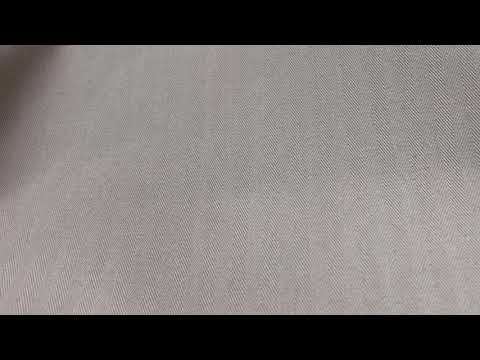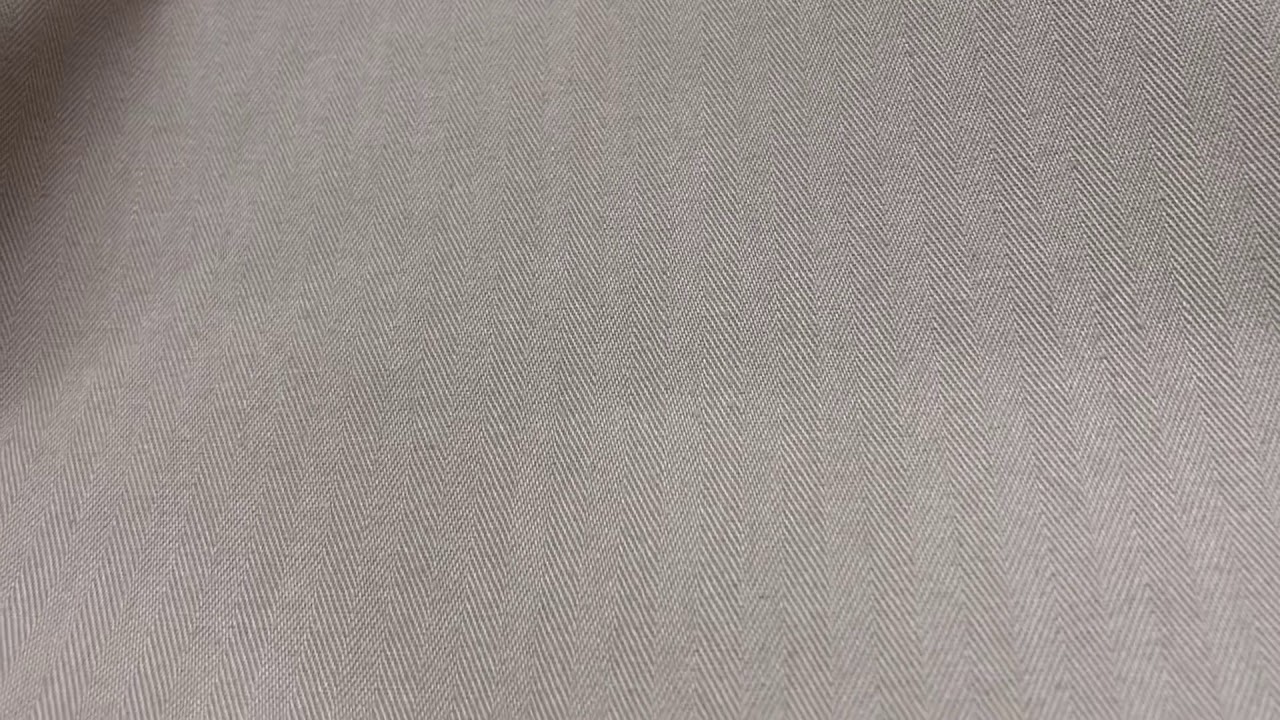Coutil fabric is a captivating and versatile textile that exudes elegance and sophistication. With its exceptional quality and timeless appeal, this fabric is sure to pique your interest. Renowned for its durability and strength, coutil is meticulously crafted to withstand the test of time, making it perfect for creating stunning garments that will remain a staple in your wardrobe for years to come. Its exquisite combination of comfort and structure makes it an ideal choice for creating corsets, providing the necessary support while ensuring a comfortable fit. The coutil fabric’s tight weave and high thread count not only enhance its durability but also contribute to its exceptional shaping abilities, allowing it to mold seamlessly to the body’s contours. Whether you’re a fashion enthusiast or a designer seeking a fabric that effortlessly combines style and functionality, coutil is the ideal choice. Its luxurious texture and refined appearance add a touch of opulence to any project, making it a favorite among fashion connoisseurs and creators alike. Experience the allure of coutil fabric as it elevates your creations to new heights, ensuring a garment that is both visually stunning and comfortable to wear.

Understanding Coutil Fabric: The Perfect Choice for Corsetry
When it comes to creating beautiful and functional corsets, one fabric stands out above the rest: coutil. This strong and durable fabric has been a staple in corset construction for centuries, providing both structure and support. In this article, we will explore the history, characteristics, and uses of coutil fabric, and why it remains the top choice for corsetry enthusiasts and professionals alike.
The Origins of Coutil Fabric
Coutil, derived from the French word “coutille,” was first developed in the late 18th century. Originally made from a blend of cotton and linen, coutil was designed to withstand the intense pressure and tension exerted by corsets. Over time, the fabric evolved, and modern coutil is typically made from 100% tightly woven cotton.
The Characteristics of Coutil Fabric
One of the key reasons coutil fabric is so revered in the corsetry community is its exceptional characteristics. Here are three key traits that make coutil the perfect choice for corset construction:
1. Strength
Coutil fabric is woven with a high thread count, resulting in a dense and tightly woven material. This tight weave gives coutil its remarkable strength and durability, allowing it to withstand the strain of tight lacing without fraying or tearing. The strength of coutil ensures that corsets made from this fabric maintain their shape and provide proper support over time.
2. Stability
Thanks to its sturdy construction, coutil fabric offers excellent stability. When used in corsetry, coutil helps to distribute pressure evenly across the garment, preventing it from warping or collapsing under strain. This stability ensures that the corset maintains its shape and structure, providing the desired silhouette and support to the wearer.
3. Breathability
Contrary to popular belief, coutil fabric is not suffocating or uncomfortable. Made from 100% cotton, coutil allows air to circulate through the corset, promoting breathability and preventing excessive sweating. This makes coutil an ideal choice for corsets that are intended for daily wear, as it provides both structural support and comfort.
Uses of Coutil Fabric
Coutil fabric is primarily used in corset construction, but its versatility extends beyond just corsets. Here are some other common uses for coutil:
1. Foundation Garments
Coutil is often used in the construction of other foundation garments, such as bustiers, girdles, and shapewear. Its strength and stability make it an ideal choice for creating garments that require structure and support.
2. Costume Design
Due to its historical association with corsets, coutil fabric is frequently used in costume design for period dramas and theatrical productions. Its ability to create authentic-looking corsets and other historical garments makes it a popular choice among costume designers.
3. Accessories
While coutil is primarily used for garments, it can also be utilized in the creation of accessories such as bags, belts, and even shoes. Its durability and strength ensure that these accessories can withstand the test of time.
Caring for Coutil Fabric
To maintain the integrity and longevity of coutil fabric, proper care is essential. Here are a few tips to help you care for your coutil garments:
1. Hand Washing
To avoid damaging the fabric, it is recommended to hand wash coutil garments using a mild detergent. Gently agitate the fabric in lukewarm water, then rinse thoroughly.
2. Air Drying
After washing, lay your coutil garments flat to dry. Avoid wringing or twisting the fabric, as this can cause it to lose its shape.
3. Ironing
If necessary, you can iron coutil fabric on a low heat setting. However, always use a pressing cloth to protect the fabric from direct heat and ensure that the iron does not come into contact with any metal components of the corset, such as boning or busks.
In conclusion, coutil fabric continues to be the go-to choice for corsetry due to its strength, stability, and breathability. Whether you’re a corset enthusiast or a professional corset maker, coutil fabric provides the perfect combination of structure and comfort. By understanding the origins, characteristics, uses, and care of coutil fabric, you can ensure that your corsets and other coutil garments stand the test of time.
“Cotton Coutil: The Versatile Fabric Unveiled”
List about Coutil Fabric
Coutil Fabric
Coutil fabric is a popular choice among seasoned seamstresses and tailors for its exceptional durability and versatility. Derived from the French word “couteau,” meaning knife, coutil refers to a tightly woven fabric that exhibits remarkable strength and resilience. It is commonly utilized as a supportive layer in corsets, bodices, and other structured garments, providing a firm foundation for shaping the figure.
| Characteristics | Benefits |
|---|---|
| 1. Dense Weave | Due to its dense weave, coutil fabric offers excellent resistance to stretching and distortion, ensuring the longevity of garments. |
| 2. High Thread Count | With a high thread count, coutil fabric boasts a smooth surface that enhances the comfort and fit of corsets and other body-contouring garments. |
| 3. Stiffness | The inherent stiffness of coutil makes it an ideal choice for creating a supportive structure that helps shape the body, offering exceptional control and definition. |
| 4. Breathability | Despite its dense weave, coutil fabric allows for proper ventilation, preventing excessive heat buildup and ensuring wearer comfort. |
| 5. Bias Stretch | Coutil exhibits minimal bias stretch, making it an excellent fabric for maintaining the shape and structure of garments over time. |
| 6. Wide Color Range | Available in a wide range of colors, coutil fabric offers endless creative possibilities, allowing designers to match it perfectly with their garment designs. |
Whether you are an experienced corset maker or a fashion enthusiast looking to experiment with structured garments, coutil fabric is a wise choice. Its remarkable strength, smooth surface, and breathability make it an exceptional material for creating supportive and figure-enhancing pieces. Invest in coutil fabric, and your garments will not only look impeccable but also stand the test of time.

